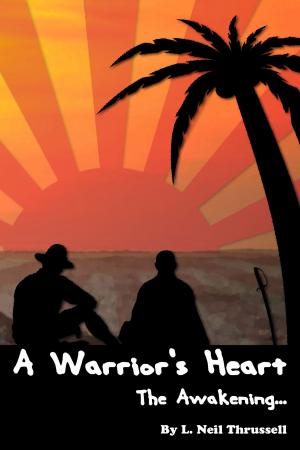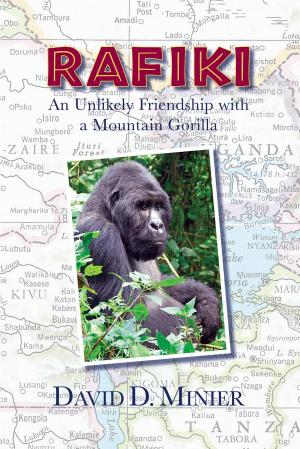| Author: | Mark Gilkey | ISBN: | 9781370802821 |
| Publisher: | Lanzinger Studio | Publication: | October 1, 2017 |
| Imprint: | Smashwords Edition | Language: | English |
| Author: | Mark Gilkey |
| ISBN: | 9781370802821 |
| Publisher: | Lanzinger Studio |
| Publication: | October 1, 2017 |
| Imprint: | Smashwords Edition |
| Language: | English |
As a severely ill truck driver lies in a hospital bed in Africa, an untested 3-man team struggles to stop the epidemic that the driver has unwittingly spread.
Carrying a new vaccine into remote villages spread across the African plain, and overcoming obstacles generated by both man and nature, can the team save the lives of others — as well as their own — before it’s too late?
Inspiration for the story “Sub-Saharan Iditarod”:
This book was inspired partly by the work of Professor of Economics David I. Levine and others on health projects in Less-Developed Countries. Dr. Levine and his students have worked on issues such as:
* cleaner water
* prevention of diseases such as malaria
* more efficient stoves, which reduce wood consumption and therefore reduce deforestation
* early detection of eye problems.
In order to encourage good health habits, Dr. Levine and his team have worked on not only the economics and technology of good health, but on games and songs and stories that encourage healthy habits.
The book was also very loosely inspired by a famous historical event: the Serum Run To Nome. In the winter of 1925, an epidemic of diphtheria was growing in Nome, Alaska. In 1925, there were only two possible way to deliver supplies to Nome in the winter: via a dog-sledding trail named the Iditarod Trail, or by aircraft. The weather was bad, and the available aircraft were primitive and were unreliable in very cold temperatures. Furthermore, the available supply of diphtheria anti-toxin was very limited. If the delivery airplane were to crash, the anti-toxin could have been destroyed, and there would have been no second chance to try again to deliver it by the only other possible method: dogsled. In a difficult decision, Alaskan officials chose to deliver the anti-toxin by a “relay race” of dogsled teams, coordinated by radio communications. An extraordinary group of sled dogs and drivers (called “mushers”) carried the anti-toxin hundreds of miles.
Today, the name “Iditarod” is probably best known as the name of an Alaskan dogsled race. The modern race was itself inspired by the serum run to Nome, and the route of the modern race partly overlaps the historic Iditarod trail used in the original serum run.
As a severely ill truck driver lies in a hospital bed in Africa, an untested 3-man team struggles to stop the epidemic that the driver has unwittingly spread.
Carrying a new vaccine into remote villages spread across the African plain, and overcoming obstacles generated by both man and nature, can the team save the lives of others — as well as their own — before it’s too late?
Inspiration for the story “Sub-Saharan Iditarod”:
This book was inspired partly by the work of Professor of Economics David I. Levine and others on health projects in Less-Developed Countries. Dr. Levine and his students have worked on issues such as:
* cleaner water
* prevention of diseases such as malaria
* more efficient stoves, which reduce wood consumption and therefore reduce deforestation
* early detection of eye problems.
In order to encourage good health habits, Dr. Levine and his team have worked on not only the economics and technology of good health, but on games and songs and stories that encourage healthy habits.
The book was also very loosely inspired by a famous historical event: the Serum Run To Nome. In the winter of 1925, an epidemic of diphtheria was growing in Nome, Alaska. In 1925, there were only two possible way to deliver supplies to Nome in the winter: via a dog-sledding trail named the Iditarod Trail, or by aircraft. The weather was bad, and the available aircraft were primitive and were unreliable in very cold temperatures. Furthermore, the available supply of diphtheria anti-toxin was very limited. If the delivery airplane were to crash, the anti-toxin could have been destroyed, and there would have been no second chance to try again to deliver it by the only other possible method: dogsled. In a difficult decision, Alaskan officials chose to deliver the anti-toxin by a “relay race” of dogsled teams, coordinated by radio communications. An extraordinary group of sled dogs and drivers (called “mushers”) carried the anti-toxin hundreds of miles.
Today, the name “Iditarod” is probably best known as the name of an Alaskan dogsled race. The modern race was itself inspired by the serum run to Nome, and the route of the modern race partly overlaps the historic Iditarod trail used in the original serum run.















